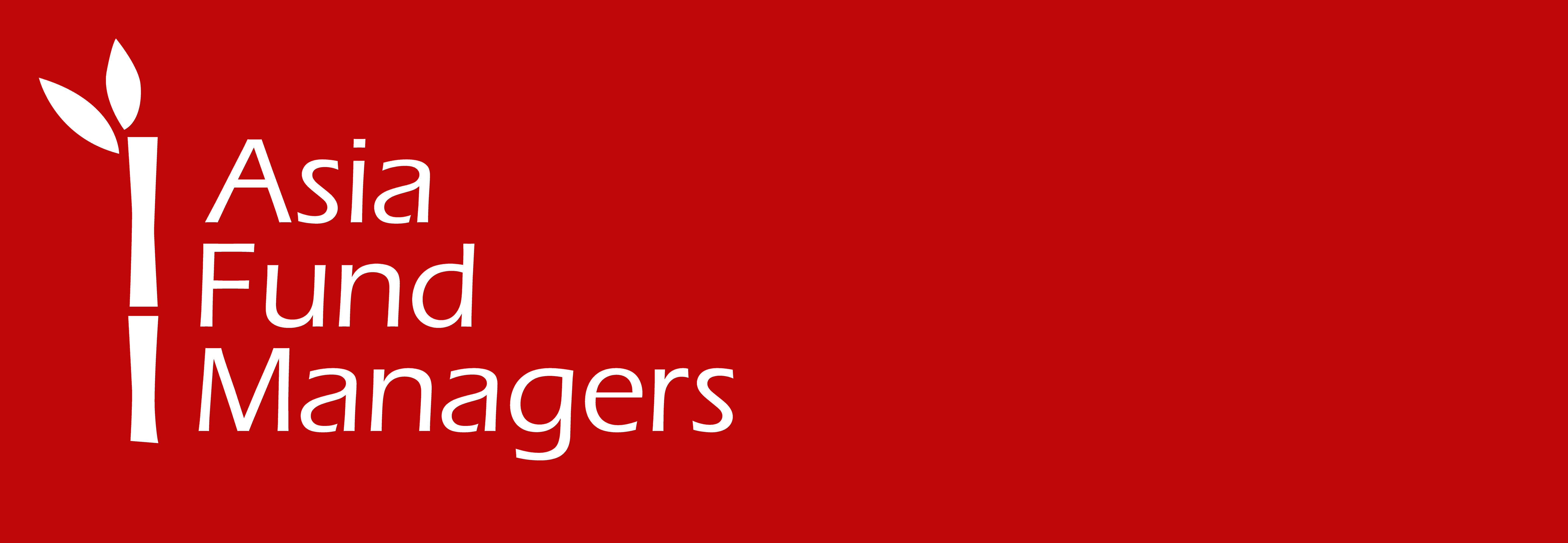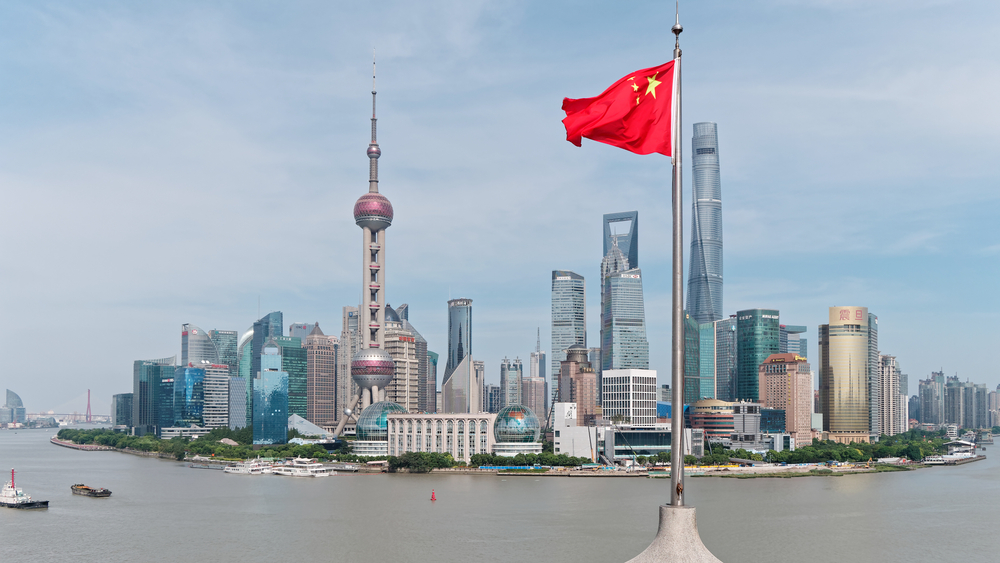China’s economy got off to a solid start in 2025, with first-quarter GDP growing by 5.4% year-on-year (YoY), surpassing market expectations. But the momentum is already showing signs of strain: factory activity contracted in April, the first tangible sign that new U.S. tariffs and weaker global demand are starting to weigh on China’s recovery.
The official Purchasing Managers’ Index (PMI) for manufacturing fell to 49.0, down from 50.8 in March, marking the first contraction since January and the steepest monthly drop in over a year. The sharpest decline was in new export orders, which dropped to 44.7 from 49.0, pointing to external trade pressure.
“There’s a clear negative shock taking place,” commented Lynn Song, ING’s Chief Economist for Greater China. “But, all things considered, survey data suggests the shock may be less than what the more bearish market participants feared.” As Song notes, the current weakness is nowhere near the Covid-era crash, when the PMI sank to 35.7.
The official non-manufacturing PMI also slipped to 50.4 from 50.8, with new export orders falling sharply from 49.8 to 42.2. “But China’s services sector is still primarily focused on its domestic market, insulating it from tariff developments,” Song added.
Domestic demand is still under pressure
While Beijing has stepped up fiscal support, the domestic picture remains fragile. Consumer confidence is still relatively downbeat, with new orders and business expectations falling to seven-month lows of 44.9 and 56.0, respectively.
According to the National Bureau of Statistics, retail sales rose by 4.6% YoY in Q1—an improvement over 2024’s pace, thanks in part to government stimulus like the consumer goods trade-in program.
However, concerns linger about the sustainability of this recovery. As Song points out, “Amid China’s attempt to increase confidence and boost domestic demand, we believe that stabilising the property market remains a paramount priority. It’s difficult to imagine consumers spending confidently as long as their biggest asset continues to lose value every month.”
Real Estate: Cautious Optimism Grows
The real estate sector, a primary drag on China’s economy for the past years, is now showing early signs of stabilization.
In February, HSBC Global Research listed ten signs that the Chinese real estate market has bottomed out, including year-on-year growth in new home sales, recovery in housing prices, price expectations reset, and foreign investment participation.
UBS Investment Bank has revised its outlook for the sector in March, now anticipating that home prices in China could stabilise by early 2026, earlier than previously predicted. The bank also sees secondary home sales accounting for 50% of total housing transactions by then.
Robert Gilhooly, Senior Emerging Markets Economist at Aberdeen Investments, agrees the drag is easing: “The drag from real estate is getting close to complete,” he said. However, he cautioned that a significant inventory overhang could still hamper growth.
External pressure mounting
While fiscal support has helped kick-start activity, the underlying recovery for China remains fragile—and external pressures are intensifying.
Following U.S. President Donald Trump’s April announcement of sweeping “reciprocal” tariffs, the U.S. and China have entered a new phase of trade confrontation. The escalation is already being felt in China’s industrial performance.
With domestic demand remaining persistently weak amid a property crisis, exports have been China’s pillar of growh in recent years.
While exports rose 12.4% YoY in March, analysts believe this was likely driven by front-loaded orders ahead of the tariff hikes. As the full impact of trade restrictions filters through in Q2 and Q3, pressure on manufacturers and global supply chains is expected to mount.
Against this backdrop, some economists are dialling back their growth expectations. “While fiscal stimulus is increasing, it’s unlikely to fully offset the drag from weak demand and rising external risks,” noted Zichun Huang, China economist at Capital Economics, who now forecasts just 3.5% growth for 2025—well below the government’s official target of around 5%.
The International Monetary Fund also has slashed its 2025 GDP projections for China to 4%, down from its January forecast of 4.6%.


 Australia
Australia China
China India
India Indonesia
Indonesia Japan
Japan Malaysia
Malaysia Philippines
Philippines Singapore
Singapore South Korea
South Korea Taiwan
Taiwan Thailand
Thailand Vietnam
Vietnam






